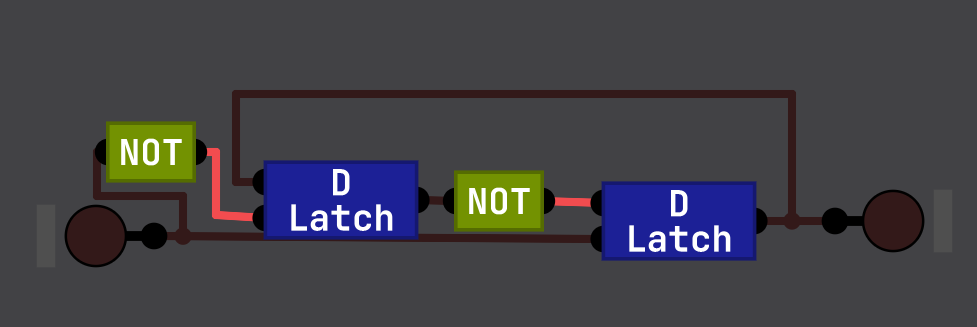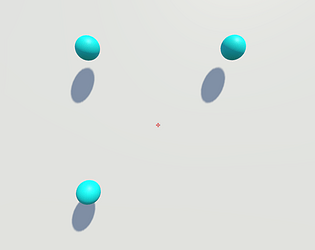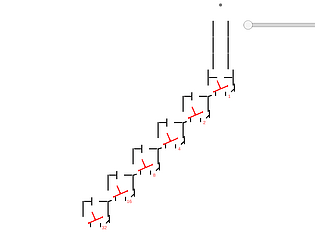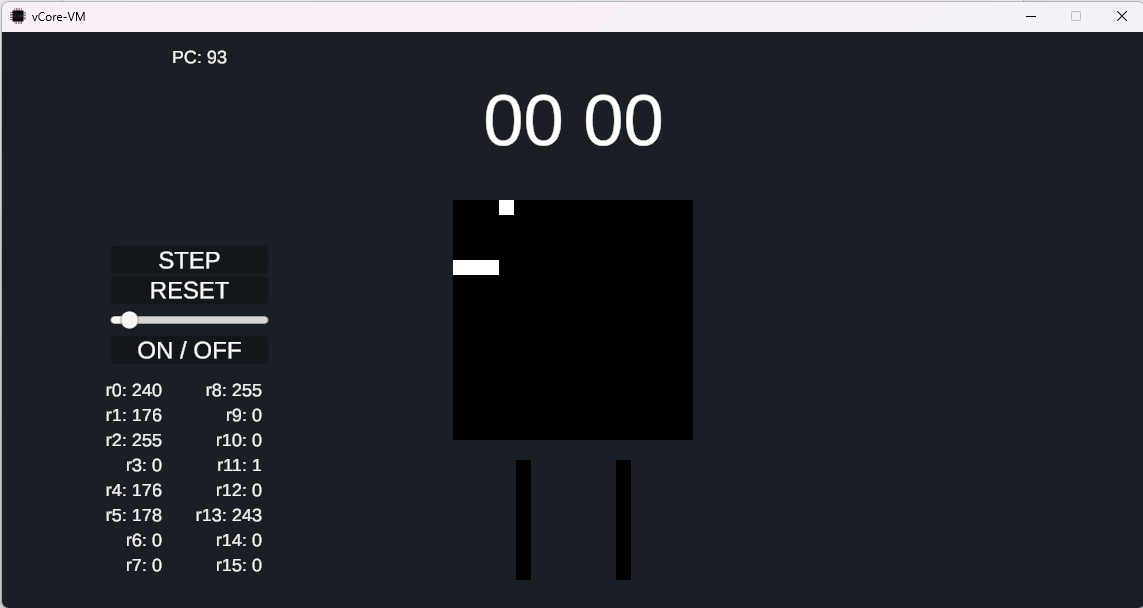Do you mean my CPU inside of DLS? How should I share it?
virtual_matt
Creator of
Recent community posts
No, wait. It might be a problem for my application, that it always gives the same sequence of numbers. So whenever my CPU wants to have a random number at a specific line in the program it gets the same number every time. For example if it requests a number at the first cycle, it gets the number 3. (0 * 13 + 3)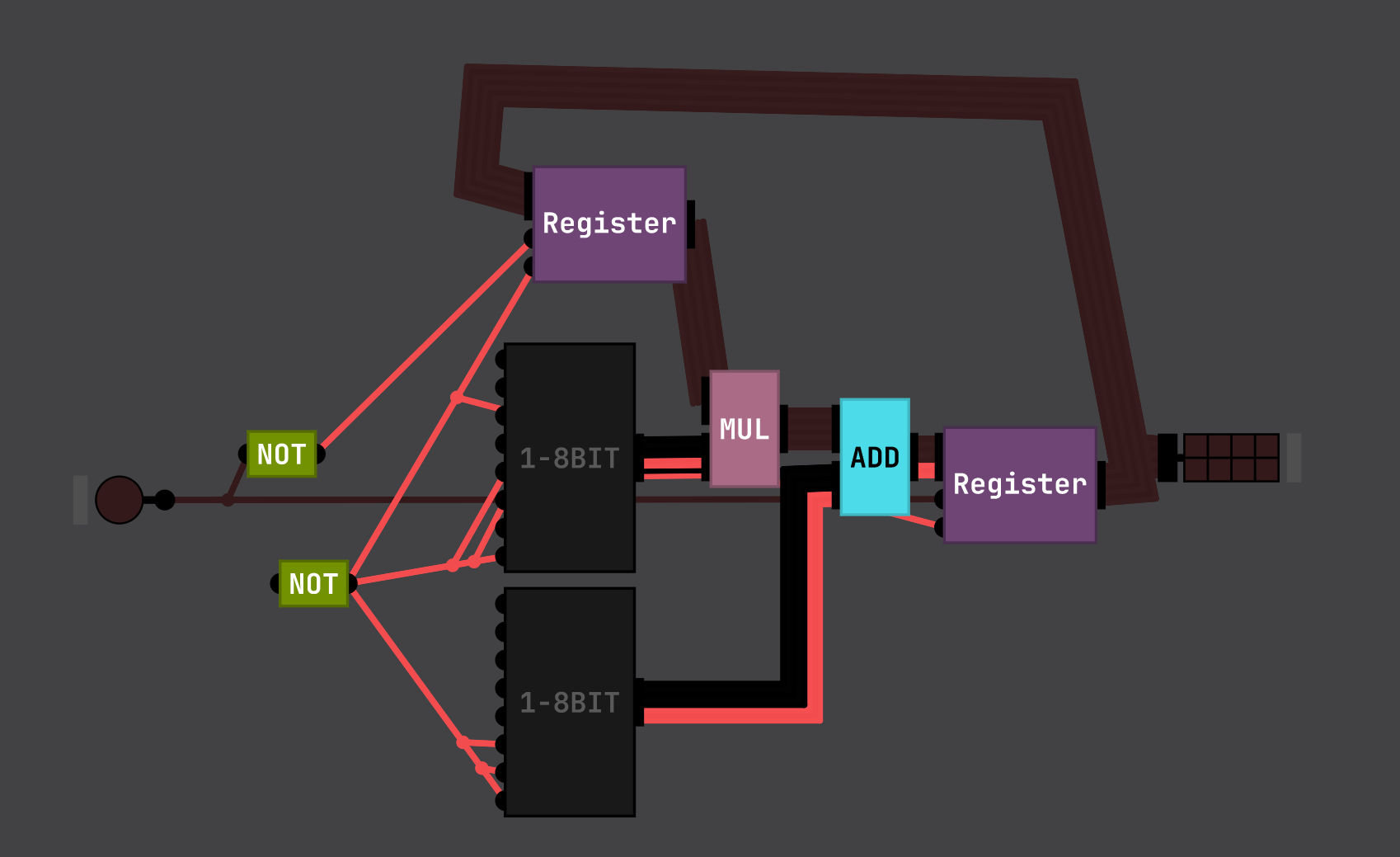
I just noticed it would be nice to have a random number generator. I know I could just use a clock, a binary counter and an algorithm like LCG, but the seed clock runs the same way as the cpu clock so it isn't really random. There are some cases, where it's obviously dependend on the instruction the cpu is currently working on. Do you think the same?
You have to restrict the updates, that happen, so it doesn‘t do an endless loop of updating. It’s like a door, where only one is going to be open at a time. It‘s like these doors from the zoo so the tigers don’t escape. Build some working D Latches and use them as caches, so the inputs don‘t immediatly update when the output changes. And when the input changes to the output don‘t update the output until the input doesn‘t change anymore. This way you react to an edge only once. Try building it this way. If you need help with the D Latches tell me. By chaining these together you should be able to count up.
Can you explain your problem to me? Is it an endless loop caused by updating the input to the output's change and changing the output by doing so? Because in this case you Just need a D Latch at the end, that updates, when the clock signal is high and a D Latch at the beginning, that feeds the new state into the curcuit, whenever the clock signal is low. Then you can output the signal of the last D Latch and it should work. Did I understand your problem right? The image shows a simplified working T Flip Flop.